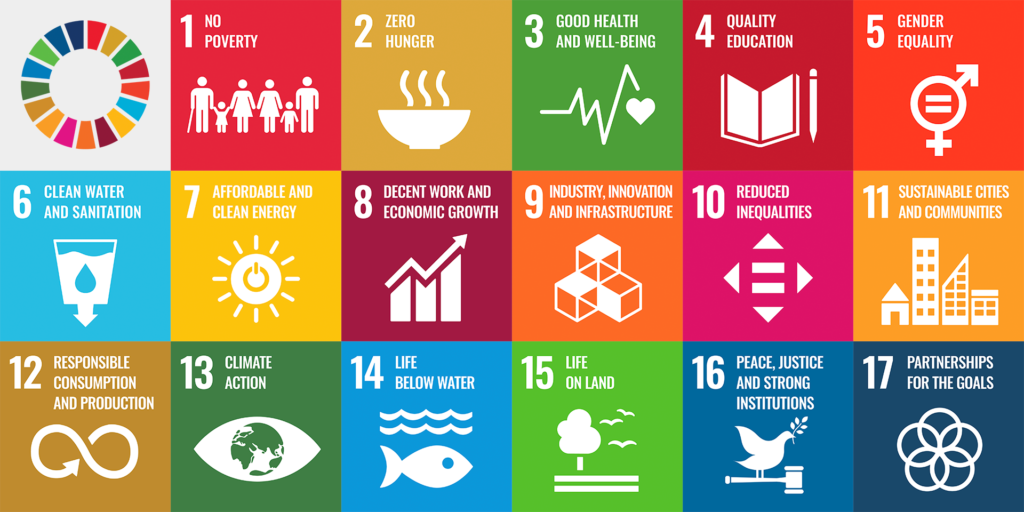
3 essentials that make Singapore successful
In 1991, the Singapore government introduced five shared values. that helped forge a Singaporean identity. These values are -
a) nation before community and society above self
b) family as the basic unit of society
c) community support and respect for the individual
d) consensus, not conflict
e) racial and religious harmony
Aspirational and idealistic stuff.
Whilst these values still ring true today, I attribute the crux of Singapore’s success to three key factors. I call these the ‘3 Hs’, each of which address a basic human need and culminates to the bedrock of Singapore’s society. They are -
-
Housing - I have a place to live
-
Hawkers - I have affordable food
-
Harmony - I am safe
All three of these show up in UN’s 2030 sustainable development goals (#s 2, 9, 10, 11) and culminates into one last important ‘H’ for every nation - ‘hope’.
 |
|---|
| Source: UNDP SDGs |
Let’s dive into each and compare how they fare versus the situation in Hong Kong. We’ll save deeper analysis for each factor another time. For what it’s worth, many of these benefits are available for expats as well as locals (PRs and citizens), though with more benefits for the latter. If you’re wondering what the PR process is like, check out my last post.
Housing
Despite ruffles in the past 5 years on rising housing prices, Singapore’s public housing system is a best-in-class example of putting a roof on top of everyone’s head. In fact, the World Bank has lauded Singapore for building the best public housing program in the world.
Public housing in Singapore (also called HDBs) began as the government’s way of improving living conditions as the population grew in the 40s (https://www.jstor.org/stable/43621881). Government policies pushed for property ownership, and this ownership of property translated to social stability and eventually into an asset-owning class. TLDR, it’s an ownership into Singapore’s future and prosperity.
We won’t be examining public housing minutiae (BTOs, resales, development locations), private housing or the rental market today, but I’d like to highlight the table below as it tells all between public housing in Singapore versus Hong Kong.
| Singapore | Hong Kong | |
|---|---|---|
| % of citizens with home ownership | 90% | 50% |
| % in public housing | 80% | 45% |
| Income ceiling | $14K SGD / month / household ($10.4K USD) | $30.9K HKD / month / family of four ($3.9K USD) |
90% of Singaporean citizens own homes versus 50% of Hong Kong citizens, reflecting the difference in accessibility over various housing opportunities. If we hone in on public housing, the divide grows between both countries. In fact, it showcases Singapore’s commitment to create a minimum quality of living where housing is a universal need. This becomes even more apparent when we cut into the income ceiling for new public housing, with Singapore’s ceiling being 2.6X higher than that of Hong Kong’s. Whilst HK public housing clearly focuses on the lowest income families due to limited supply, the intention and ideology behind committing to a minimum quality of living is missing, further reflected by a high gini coefficient.
Hawkers
Resolving hunger ensures a healthier and more productive nation. Singapore’s solution to this is through hawker centers.
What was once a method to provide organized space and increase hygiene standards for street hawkers has now emerged as an integral way of Singaporean life that is recognized on UNESCO’s Representative List of the Intangible Cultural Heritage of Humanity. Hawker centers bring well known-local foods of all ethnicities together at an extremely affordable price. 5 years ago, an average chicken rice or bak chor mee (noodles) was priced at $3-3.5 SGD. Nowadays, it nets out at around $5. This is arguably cheaper than cooking on your own unless you’re doing it in bulk, hence why ~25% of Singaporeans dine out daily.
Hong Kong does have its equivalents, be it cha chaan tengs (茶餐廳), dai pai dongs (大排檔) and cooked food centers (街市熟食中心). Whilst prices are at $7 which is still affordable for the masses, it is a 40% increase vs. Singapore. Given median household incomes are similar between both countries, Singapore trumps with affordability.
Harmony
For the sake of simplification, I’m defining ‘harmony’ here as ‘I am safe given who I am and in the environment I am in’. This can be on a racial, religious and physical danger standpoint. Whilst ensuring harmony has by no means been perfect, the government has put in meticulous policies to strive for safety and social cohesion. Some examples of this include maintaining CMIO quotas over time (racial composition between Chinese, Malay, Indian, Others), embedding public housing all across Singapore (beyond rural areas) and ensuring every major race and religion have two public holidays each. As for Hong Kong, let’s just say it’s been a little shaky in recent times.
With the above 3 Hs, they also contribute to ‘hope’ for the nation. These 3Hs have laid down the bedrock of Singapore’s path to success, and despite various challenges along the way, its strong foundations will remain a competitive advantage for the country.
I’ll be switching gears in my next post to discuss a topic of similar magnitude - finding the best dim sum places in Singapore. Subscribe now so you don’t miss out!